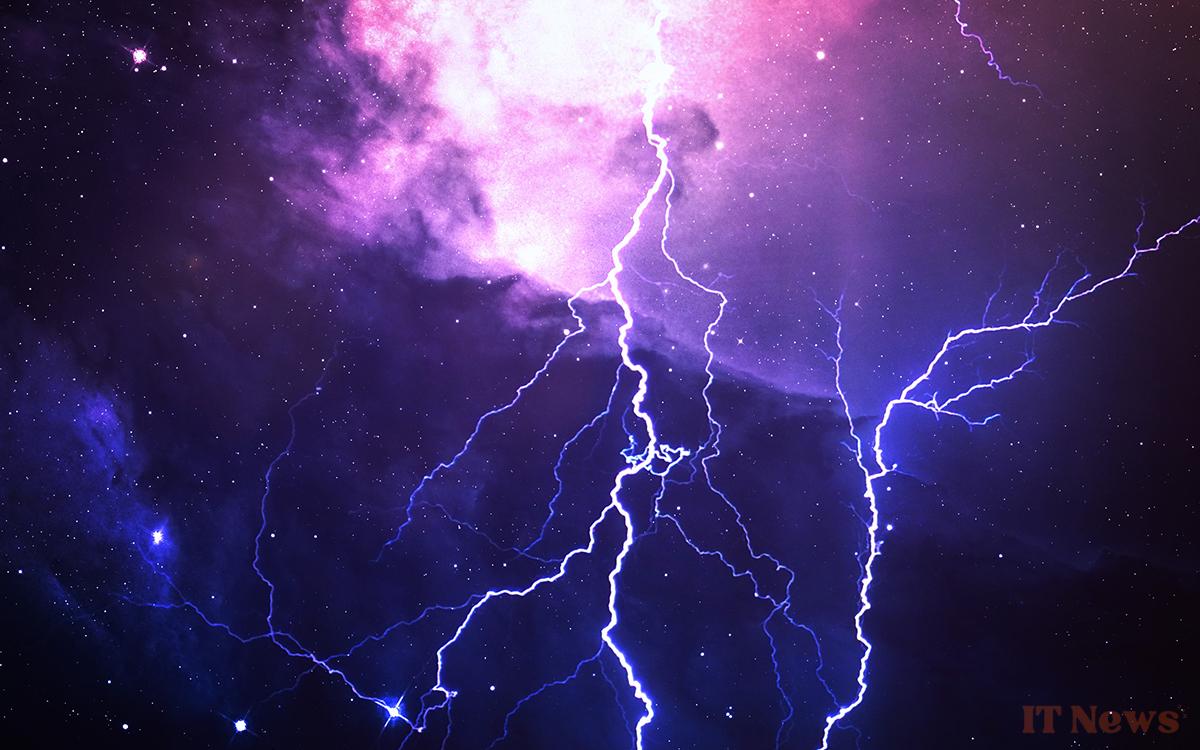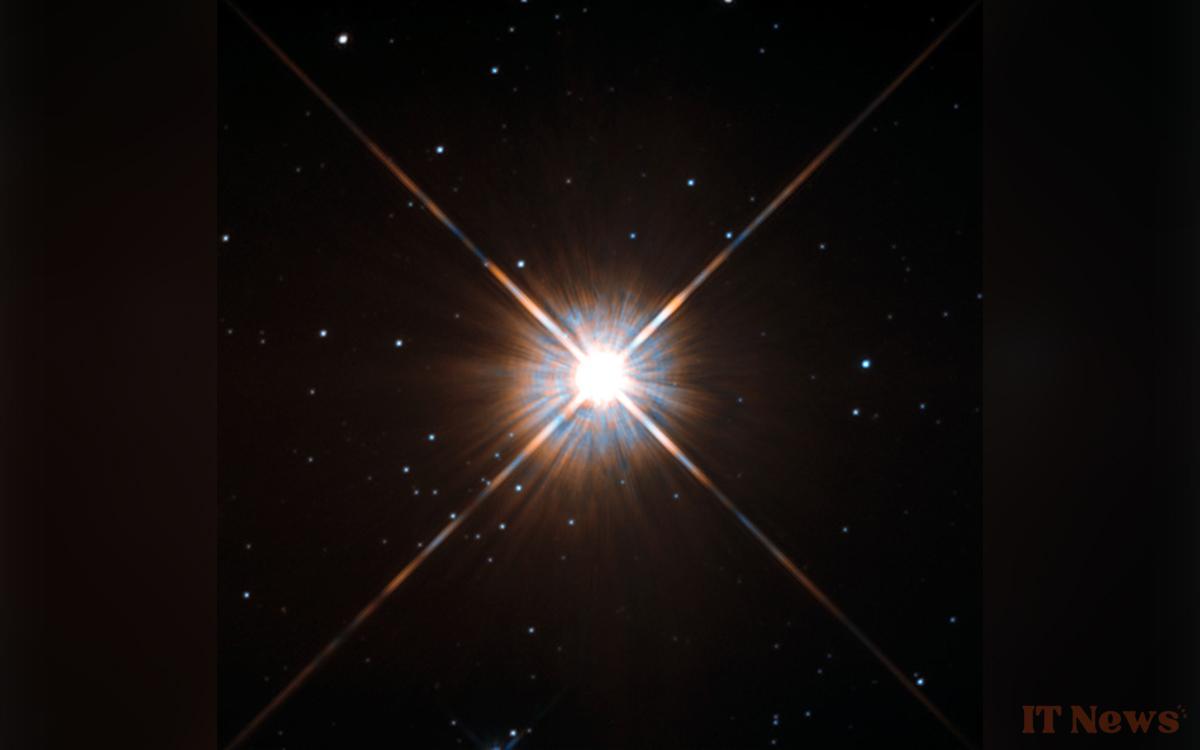The search for a planet capable of supporting life forms continues. This potential candidate has almost everything going for it, but recent simulations show that it lacks something rather unexpected.
Will we ever find an Earth-like planet? That is, capable of allowing living beings such as those that populate the globe to flourish. This quest has lasted for many years, and often, the signs of life that we think we have discovered turn out to be false hopes. This does not prevent astronomers from persevering, especially since we now know the prerequisites for the appearance of life quite well.
Besides, what are they? Spontaneously, we think of the presence of water, which many exoplanets could harbor. We also need a sufficient and well-balanced heat source, neither too hot nor too cold. In our world, the Sun takes care of this, so we need to find planets not only in orbit around a similar star, but also at a good distance to reach ideal temperatures. And then there's another element that will seem surprising to many: the presence of lightning.
This little something is missing for this Earth-like planet to contain life
Even if we're not 100% sure, the scientific community agrees that life as we know it cannot appear without lightning. Capable of reaching almost 30,000° Celsius, it is indeed one of the few sources of energy that a planet can use to create complex chemical compounds.
When the Earth's atmosphere did not yet contain oxygen, it is believed that lightning participated in the creation of prebiotic compounds, molecules necessary for the formation of proteins. In other words: if a planet wants to be a candidate for life, it must be able to produce lightning, in addition to meeting the other conditions.
From there, researchers at the University of Bristol in the United Kingdom looked at stars such as Proxima b. This exoplanet is located in the closest planetary system to our solar system: Alpha Centauri C.
Proxima b is roughly the size of Earth and is at exactly the right distance from its “Sun” (a red dwarf, in reality) to harbor liquid water. However, it most likely displays synchronous rotation, meaning it always presents the same side to its star. Like the Moon with Earth. We therefore need to know if lightning can occur on such a planet.
The exoplanet Proxima b produces lightning, but there is a catch
Simulations show that yes, storms with lightning can be observed on a planet with synchronous rotation. The problem is that they are very different from those we experience on Earth. Across the globe, there are about 100 lightning flashes per second. On an exoplanet like Proxima b, much fewer. This difference can be explained by the difference in atmospheric pressure: the lower it is, as on Proxima b, the less likely storm clouds are to form.
Added to this is another peculiarity. Since only part of the exoplanet is lit, the lightning is concentrated in this area. However, it could be too hot for life to emerge, no pun intended. Finally, while the study shows that lightning production is possible, there is no guarantee that there will be enough of them to trigger the same processes as here. Too bad for those who hoped to leave Earth before it became completely uninhabitable.





0 Comments